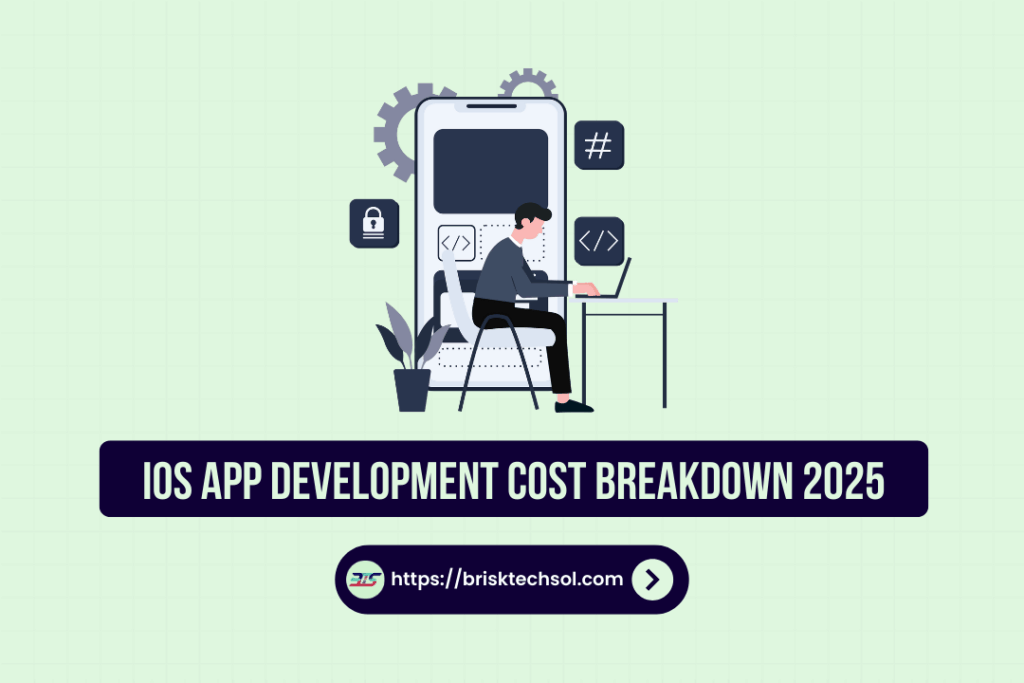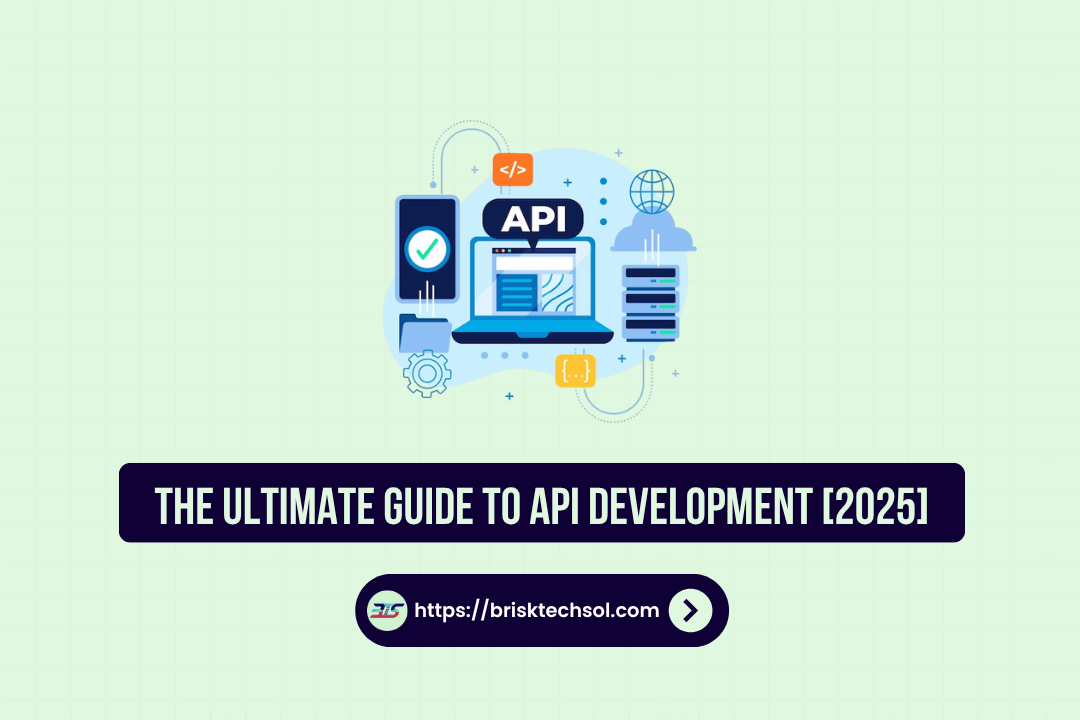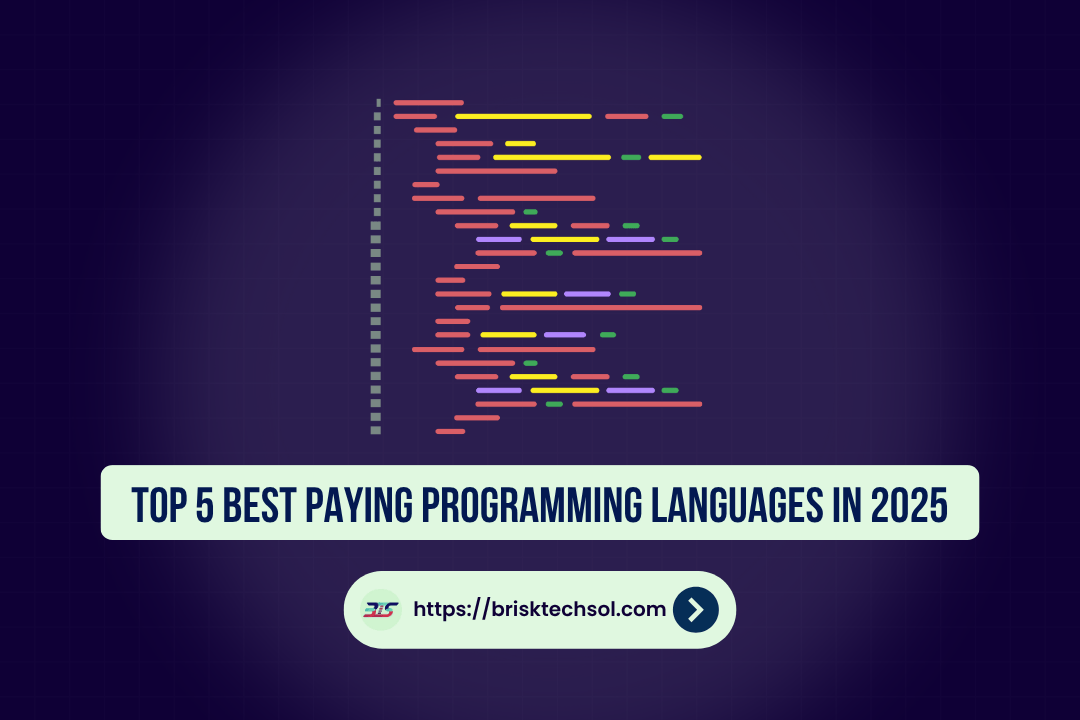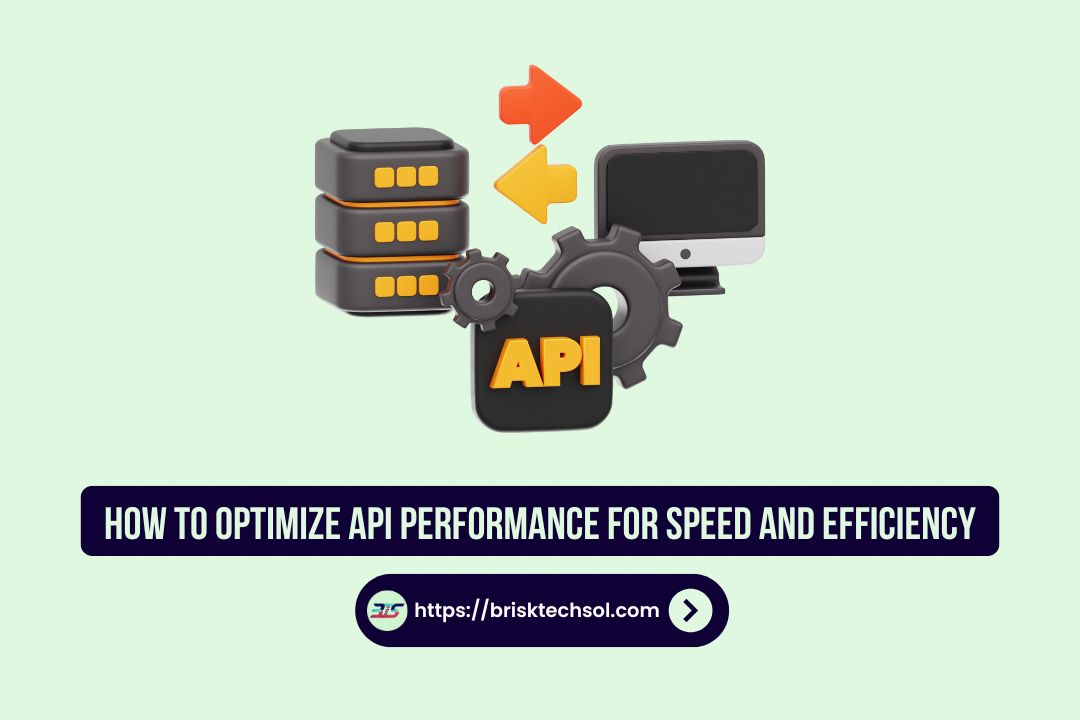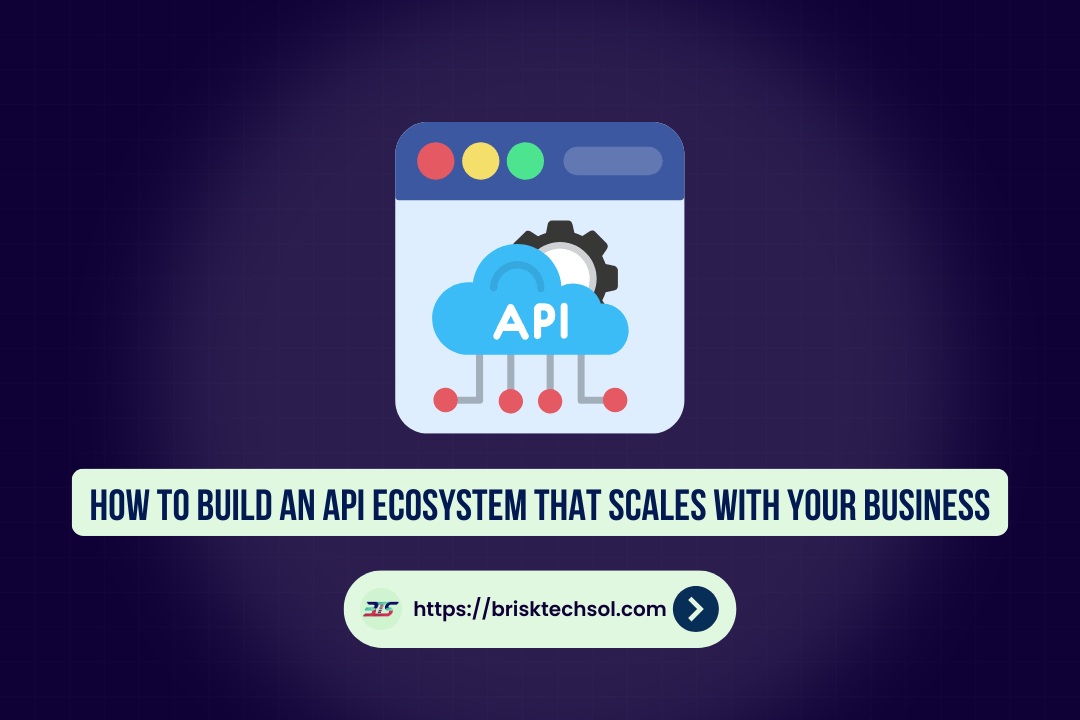User friendly iOS app can make or break your business but one of the biggest hurdles for entrepreneurs and product managers is estimating the true iOS app development cost. As technology evolves, talent markets shift, and user expectations for design and performance continue to rise, development budgets can vary dramatically. In this guide, we’ll explore the key factors that drive cost, share current hourly rates for essential roles, and walk through three real-world 2025 cost breakdowns. By the end, you’ll have a clear roadmap to manage your iOS app development cost, steer clear of budget surprises, and deliver your app on time and on budget.
Why It’s Important to Know How Much iOS App Development Costs in 2025
Putting money into an iOS app isn’t usually cheap, but if you do it right, you can get back a lot of money. Here’s why it’s important to get into the cost details:
Spending Sense
- Set aside money for each phase at the beginning to stop scope creep.
Planning for Resources
- Make sure you have the right mix of developers, designers, and quality assurance experts.
Getting Rid of Risks
- Find possible cost overruns early on, like integration problems or changes that were not expected.
An Edge in the Market
- Spend more on features and polish that your competitors might not think of.
The stakes have never been higher, since iOS sales are expected to reach more than $200 billion around the world in 2025. A well-planned app can help your business stand out, keep users coming back, and make more money.
Key Factors Affecting the Cost of Making an iOS App
App Complexity
Simple:
- Static content and a simple backend.
Medium:
- User authentication, UI customization, and API integrations.
Complex:
- Support for offline use, advanced animations, real-time features, and complex data sync.
Needs for the Design
- Custom Illustrations and Animations vs. Standard UI Kit
- UX research and making prototypes
- Compliance with Accessibility
Making Up a Development Team
- Hire freelancers, use in-house teams, or work with an agency?
Mix of roles:
- Manager of the Project
- Designer of UI/UX
- iOS Developers (Junior, Mid, and Senior)
- Developer of backends
- QA Engineer
3rd Party Integrations
- Payment gateways (like Apple Pay and Stripe)
- Social logins (like Google and Facebook)
- Platforms for analytics (Firebase, Mixpanel)
Maintenance and New Features
- Updates for the operating system (iOS 18, 19)
- Patches for security
- Improvements to features based on what users say
How Much an iOS Developer Usually Gets Paid Per Hour in 2025
Rates depend on location and level of experience, but the ranges below show what the market average is for dedicated iOS roles right now:
- Junior Apple iOS Developer: $30 to $50/hour
- Mid-level iOS Developer: $50 to $80/hour
- Senior iOS Developer: $80 to $120/hour
- UI/UX Designer: $40 to $70/hour
- Backend Developer: $50 to $90/hour
- Quality Assurance Engineer: $30 to $50/hour
- Project Manager: $60 to $90/hour
Note: If you work with top agencies or specialized consultants, you may have to pay more (often 20–40% more).
Cost Breakdown by Stage of Development
Discovery and Planning (8–12% of Budget)
Tasks:
- Workshops for stakeholders
- Getting requirements
- Analysis of technical viability
- Project roadmap and important dates
Hours Expected: 80 to 120
Estimated Cost: $8,000 to $12,000
UI/UX Design (12–18% of Budget)
Tasks:
- Wireframes and user flows
- High-fidelity models
- Interactive prototypes
- Design system creation
Hours Expected: 120 to 180
Estimated Cost: $6,000 to $12,600
Core Development Activities (40–50% of Budget)
Tasks:
- Front-end iOS programming in Swift and Objective-C
- Building backends and APIs
- Database and server setup
- Integrating third-party services
Hours Expected: 400 to 600
Estimated Cost: $20,000 to $60,000
Quality Control and Testing (10–15% of Budget)
Tasks:
- Manual test planning and execution
- Automated test script creation
- Bug tracking and reporting
- Performance and load testing
Hours Expected: 100 to 180
Estimated Cost: $3,000 to $9,000
Deployment and Launch (3–5% of Budget)
Tasks:
- App Store submission and review
- Server deployment
- Post-launch monitoring and fixes
Hours Expected: 30 to 60
Estimated Cost: $1,800 to $5,400
Maintenance and Updates (15–20% per Year)
Tasks:
- OS compatibility updates
- Security patches
- Feature improvements
Estimated Annual Cost: $10,000 to $20,000
Examples from Real Life
Example 1: A Simple MVP Social Feed App
Features:
- User authentication (email/social SSO)
- Text and image post feed
- Comments and likes
- Basic notifications
Breakdown:
| Phase | Hours/Rate | Cost Range |
|---|---|---|
| Discovery & Planning | $80/hr | $6,000 |
| UI/UX Design | $55/hr | – |
| Development | 400 hrs @ $60/hr | $24,000 |
| QA | 100 hrs @ $40/hr | $4,000 |
| Deployment | $40–60/hr | $2,400 |
Total Cost: $36,400 to $43,000
Tip: To keep costs low for MVPs, choose a minimal design system and open-source libraries.
Example 2: Medium-Difficulty E-Commerce App
Features:
- Product catalog and search
- Cart and checkout (Apple Pay, Stripe)
- User profiles and order history
- Analytics and push notifications
Breakdown:
| Phase | Hours/Rate | Cost Range |
|---|---|---|
| Planning | 100 hrs @ $80/hr | $8,000 |
| UI/UX Design | 160 hrs @ $65/hr | $10,400 |
| Development | – | $38,500 |
| QA | – | – |
| Deployment | $50–65/hr | $3,250 |
Total Cost: $60,000 to $66,450
Tip: Use ready-made e-commerce backends like Shopify or Magento to reduce backend hours by 20–30%.
Example 3: Complex Enterprise App
Features:
- Offline data sync
- Real-time collaboration
- Advanced data visualization
- Enterprise auth (OAuth, SAML)
- Multi-language support
Breakdown:
| Phase | Hours/Rate | Cost Range |
|---|---|---|
| Discovery & Planning | 90 hrs @ $120/hr | $10,800 |
| UI/UX Design | 75 hrs @ $200/hr | $15,000 |
| Development | 900 hrs @ $80/hr | $72,000 |
| QA | 180 hrs @ $50/hr | $9,000 |
| Deployment | 60 hrs @ $75/hr | $4,500 |
Total Cost: $111,300
Tip: Longer QA cycles are common in enterprise settings—plan for an additional 10–15% QA budget for compliance checks.
How to Get the Most Out of Your iOS App Development Budget
- Put the most important features first
Start with a lean MVP, get feedback, and iterate. - Make use of cross-functional roles
Hire full-stack or T-shaped developers who can work across the stack. - Use COTS and open-source solutions
Reduce custom development time using pre-built modules and libraries. - Early Automation of Testing
Invest in automated testing to detect regressions early. - Plan for Growth
Build with scalability in mind to avoid costly rewrites.
Conclusion
Building an iOS app in 2025 is a strategic investment that demands careful budgeting and planning. By understanding the key cost drivers team composition, feature complexity, design demands, and ongoing maintenance you can allocate funds wisely and avoid mid‑project surprises. Use the phase‑by‑phase breakdowns and real‑world examples above as a blueprint for estimating your own project. Armed with this guide, you’re now ready to engage vendors, hire the right talent, and bring your iOS app vision to life on time, on budget, and with the polish your users expect.
FAQ’s
What is the minimum budget to build an iOS app in 2025?
The absolute minimum for a very simple MVP starts around $30,000–$40,000, focusing on core features and basic UI/UX.
How long does iOS app development take on average?
A standard app can take 4–6 months from planning to launch, while more complex projects can stretch to 9–12 months.
Can I hire freelancers to save on costs?
Yes freelancers can reduce hourly rates by 20–30%, but may require more project management oversight.
Do maintenance costs count toward the initial budget?
Maintenance is typically budgeted separately as an annual line item (15–20% of your original build cost).
Is it cheaper to outsource overseas?
Offshore rates can be lower, but communication overhead and potential quality variance should be factored in.
How do App Store fees impact my budget?
Apple charges a 15–30% commission on in‑app purchases and subscriptions; plan pricing strategy accordingly.
What hidden costs should I watch out for?
- Unexpected revision cycles
- Third‑party API rate limits
- Security and compliance audits
Should I build natively or use a cross‑platform framework?
Native Swift development offers the best performance and user experience but may cost more than solutions like Flutter or React Native.


